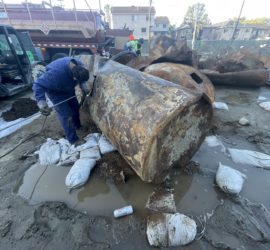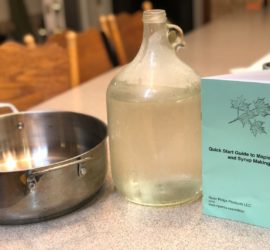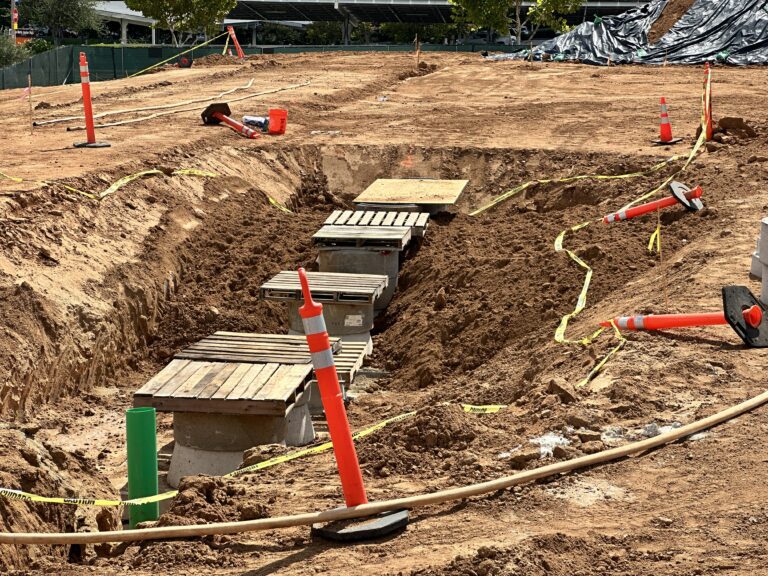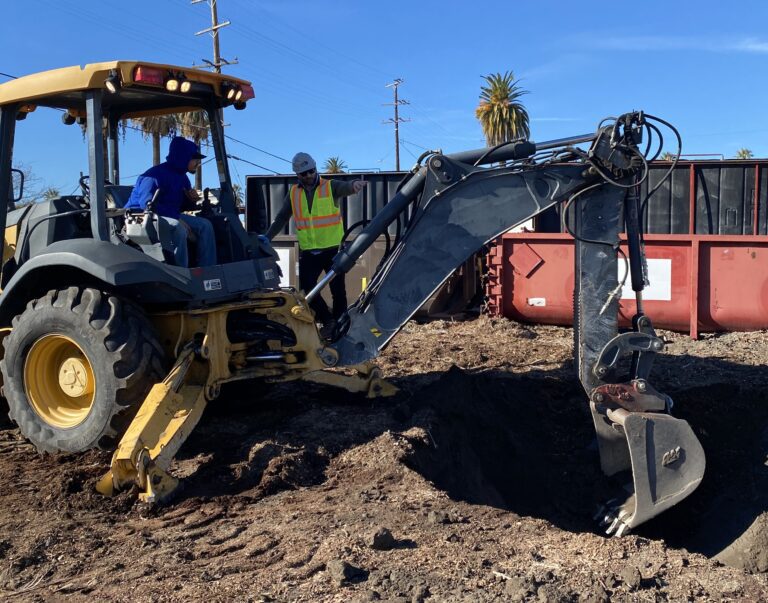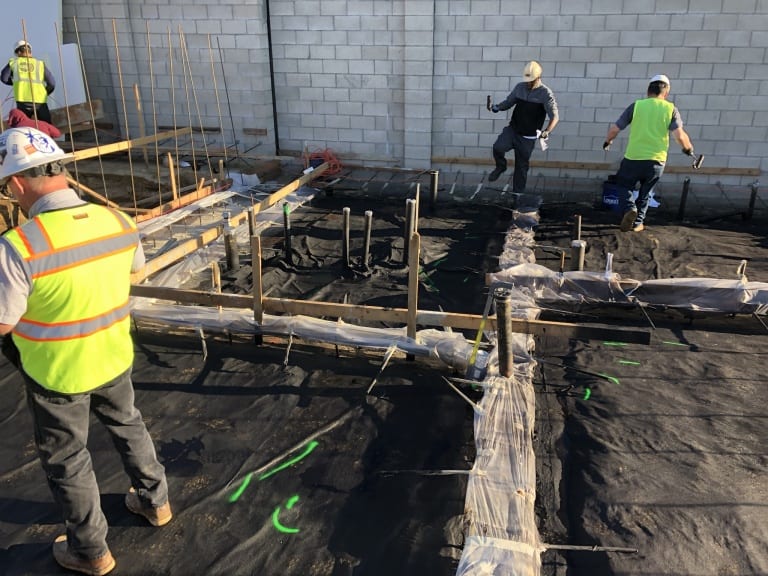Leaking Septic Tank and Issues with Nitrate & Nitrite
The soil horizons directly underlying a leaking septic tank or leach field is a biologically active zone that environmental professionals refer to as the “Infiltration Zone.” The infiltration zone is approximately one to three inches thick and typically experiences some environmental pollution concerns. In fact, with the presence of some oxygen, the nitrification process occurs, meaning ammonium nitrogen converts to nitrate. And according to local, state, and federal Environmental Protection Agencies, both nitrate and nitrite pose significant dangers and threats to human health in the subsurface. Updated April 18, 2024.
Nitrate from a Leaking Septic Tank – Into the Soil
Nitrate is a form of nitrogen that is found in the soil underlying septic systems. Other sources of nitrate are agricultural areas among stockpiles of fertilizers and animal manure. High levels of nitrate and chloride in the soil surrounding a septic system indicate contamination of soil from leaking septic tanks. In fact, in the California water resources industry, operators report that more groundwater production wells have been shut down due to high nitrate concentrations than any other chemical constituent.
Nitrate From a Leaking Septic Tank – Into the Groundwater
Nitrates can also flow easily through the soil, and form massive contamination plumes in groundwater. Natural concentrations of nitrate in groundwater range from 0.1 to 10 milligrams per liter. And Nitrate is soluble in groundwater. Thus, it has a high rate of mobility through aquifers. Moreover, Nitrate can accumulate at specific portions of aquifers, depending on the geology and soil characteristics. Since high-nitrate water can cause fatal diseases affecting infants, drinking water standards are set at 10 milligrams per liter, as of the year 2020.
After “Nitrification” – Nitrate Can Become Nitrite
After percolation, time, and with the help of the natural bacteria within the subsurface, nitrate changes to become nitrite. In fact, the bacterial count within the septic system itself also aids the nitrification process. In consideration of the opportunity for nitrification to occur, environmental professionals also consider the depth of groundwater, the regional geology, and the findings of a percolation test prior to the construction of the underground tank.
Nitrite From a Leaking Septic Tank – Into Soil and Groundwater
Nitrite flows easily through subsurface soil horizons. In fact, environmental scientists call this process “sorbtion.” During the seepage process, phosphorus and various pathogens detach from the substance, along with all of the other septic tank matter. However, nitrite (along with nitrate) will flow through these zones while predominantly maintaining concentration, and contaminating groundwater.
Environmental Evaluation of a Leaking Septic Tank
The USEPA produces Maximum Contaminant Levels (MCLs) as a protective drinking water standard on the basis of human health risk and exposure. Nitrate and nitrite are part of the list of MCLs. In fact, when conducting a Phase I Environmental Site Assessment, septic tank releases are typically Recognizable Environmental Conditions (RECs), that warrant a Phase II Subsurface Investigation. During the environmental due diligence process, MCLs apply as Phase 2 Environmental Screening Levels for groundwater test samples.
C8, PFAS, PFOS & PFOA Soil Contamination
Additional chemicals of concern relating to leaking septic tank contamination at industrial sites are perfluorooctanoic acid (PFOA) and perfluorooctane sulfonate (PFOS). These substances have an 8-carbon chain structure. Thus, they refer to as C8, and are within the family of perfluoroalkyl and polyfluoroalkyl substances (PFAS). C8 chemical contamination from industrial septic tanks and clarifiers can be a major problem because the substance can migrate through soil and groundwater, and is very difficult to break down.
Leaking Septic Tank in Industrial or Commercial Properties
At industrial sites, nitrate, nitrite, and C8 may not be the only chemicals of concern impacting the subsurface. Historical land uses of industrial properties usually include dumping hazardous chemical wastes into the onsite sewage system. For instance, waste oil and solvent, or painting dust particles. In such cases, a leaking septic tank serves as a pathway for various contaminants to reach soil and groundwater once dumped on-site.
Additional Information
For more information about leaking septic tanks and the environmental concerns for soil and groundwater contamination, speak to an environmental professional at (888) 930-6887.
References:
U.S. Environmental Protection Agency, Office of Ground Water & Drinking Water, July 2002, List of Drinking Water Contaminants &

